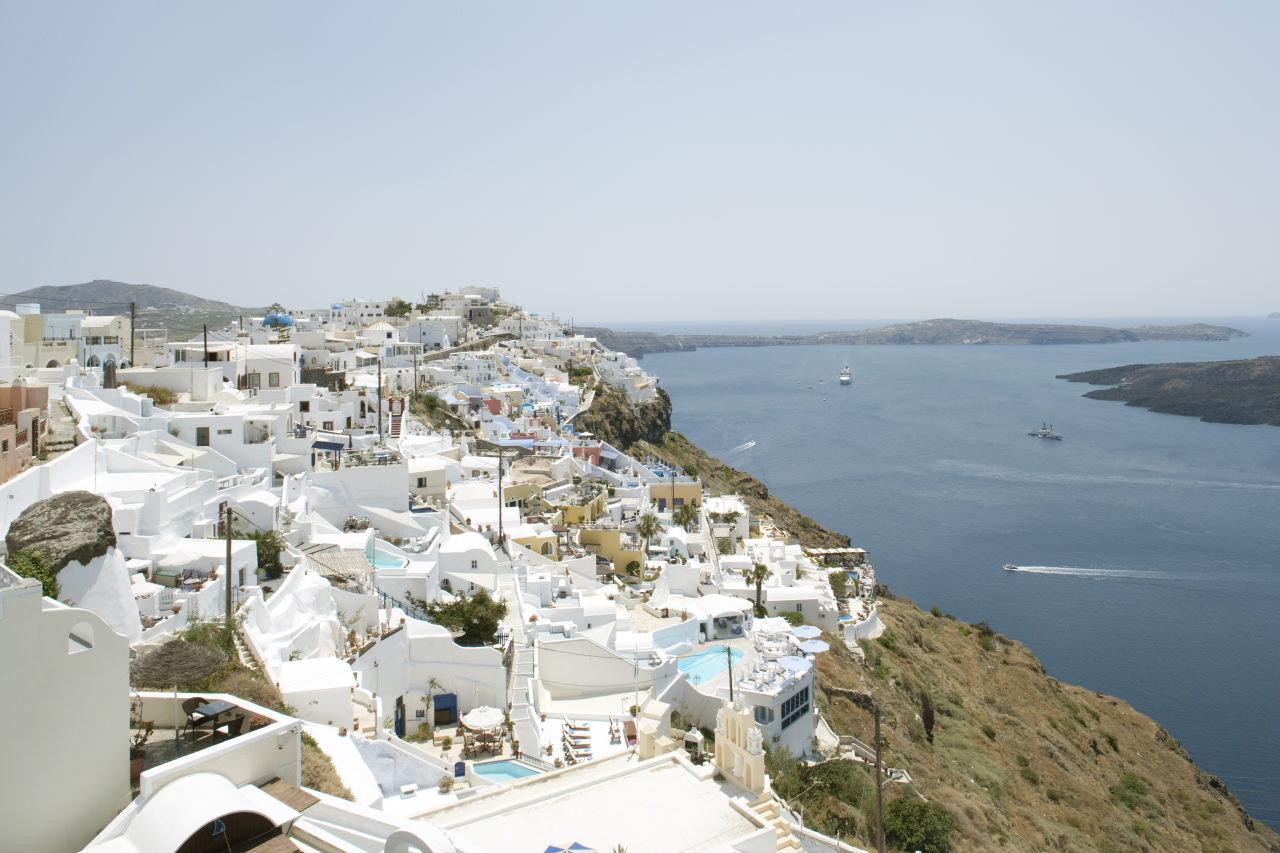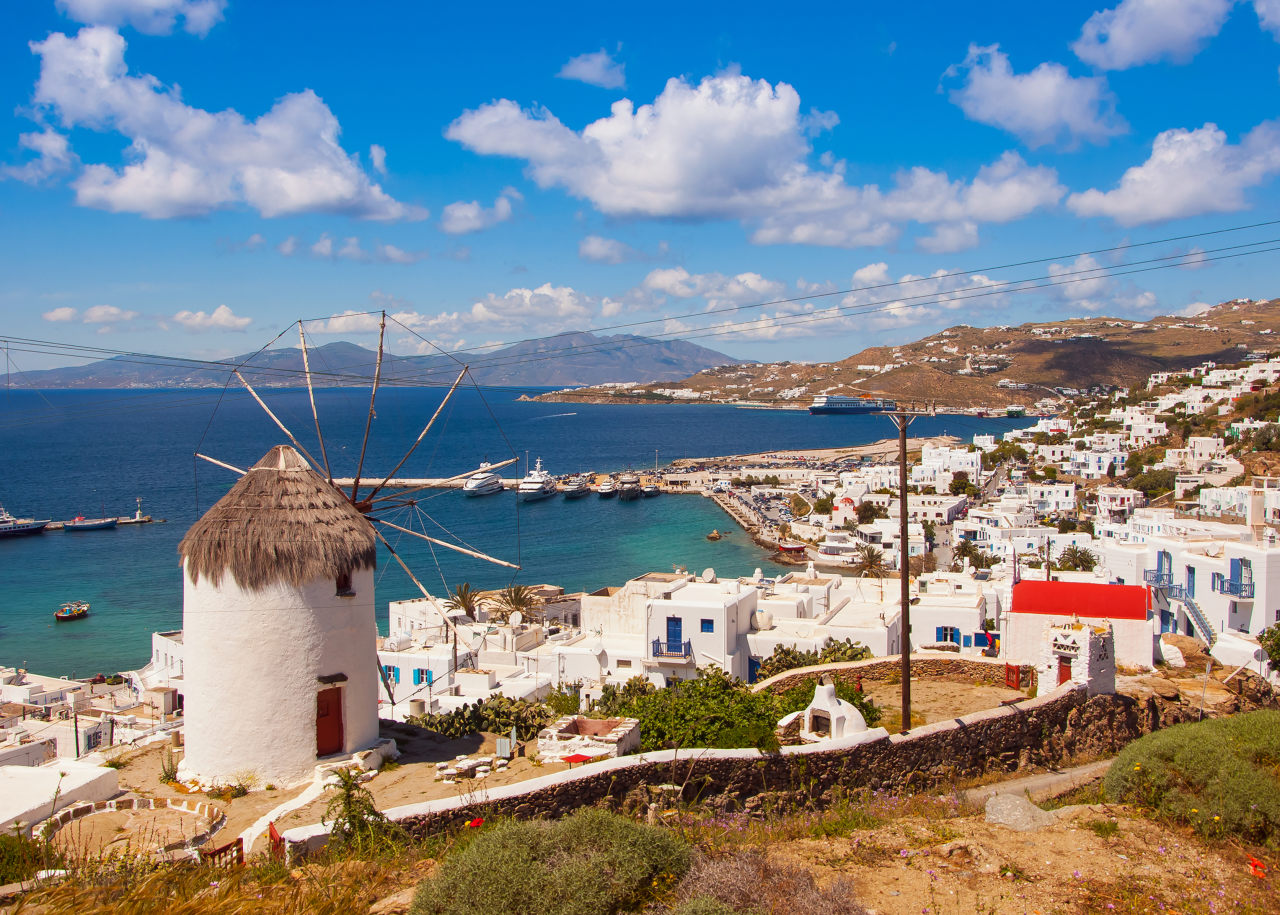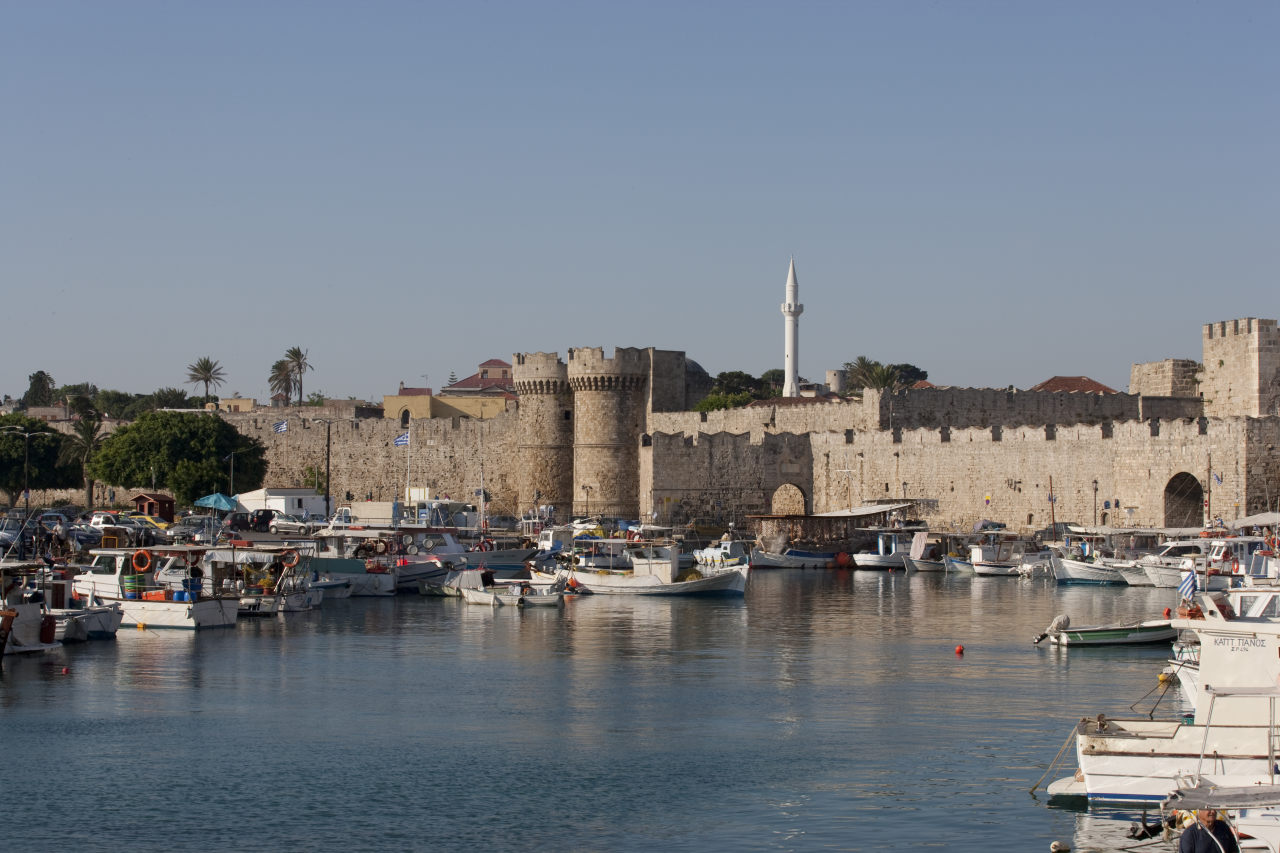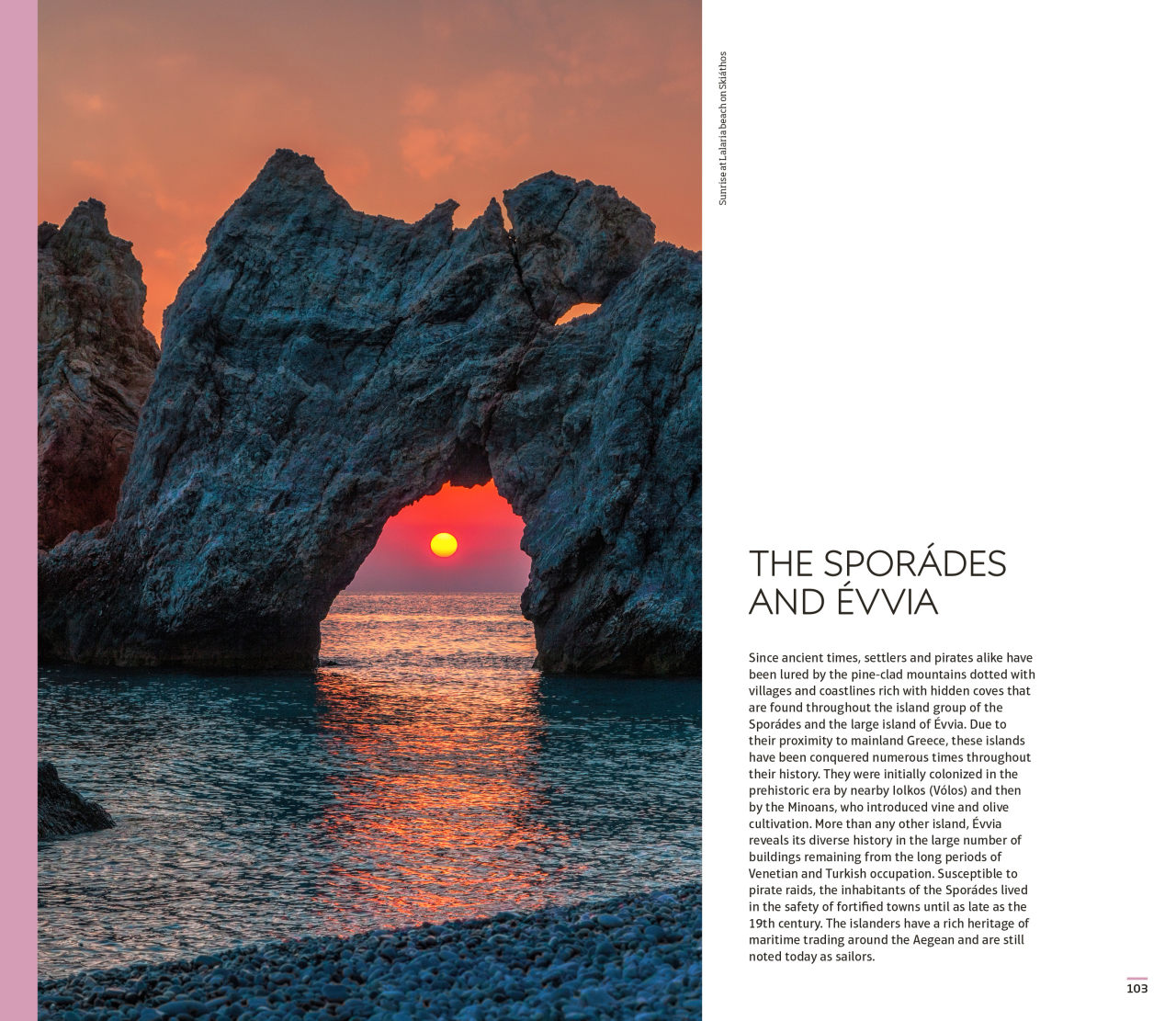5 Fun Facts About the Greek Islands
From breathtaking beaches to picturesque ports, the Greek Islands are irresistible. Here are five fun facts inspired by our new DK Eyewitness travel guide to the Greek Islands to help you plan your next trip!

Santorini
The myth of Atlantis dates from around 360 BC, when legendary Athenian philosopher Plato told the story of an advanced civilization founded by people who were half-god, half-human. They established a progressive, wealthy society, set on a concentric island that embodied the ideals of a utopian city. But the citizens of Atlantis grew in hubris and greed, and the island was completely destroyed in an unknown disaster. The original shape of Santorini—and the fact that it was partially destroyed by a volcanic explosion in 1450 BC, creating a massive caldera that filled with water—has led scholars to suggest the island might have actually been the location of the mythical civilization.

Crete
For nearly 3,000 years the ruins of an ancient Minoan civilization lay buried and forgotten beneath the coastal plains of Crete. It was not until the early 20th century that the remains of great Minoan palaces were unearthed. According to legend, the Minotaur was a monstrous flesh-eating creature—half man, half bull—that Minos, the King of Crete, kept imprisoned in a labyrinth near his palace. Due to a treaty between Minos and Aegus, the King of Athens, 14 young people had to be sent every year from Athens to be devoured by it. But the Greek hero Theseus killed the creature and put an end to the carnage.

Mykonos
A fisherman found an injured pelican off the coast of Mykonos in 1958, and he looked after it until it regained its health. The pelican became popular with the locals and they named him Pétros. Pétros the Pelican became Mykonos’s mascot for 30 years! After his death, Jackie Kennedy Onassis, a regular visitor to the island, gave another pelican to the city's residents. To this day, the tradition of a pelican mascot lives on in Mykonos!

The Dodecanese
The Dodecanese have been subject to a number of fierce invasions, with traces of occupation left behind on every island. The crusading Knights of St. John were the most famous invaders, arriving in 1309. The long period of Ottoman occupation that followed marked the islands with Ottoman-style houses and mosques. Following centuries of Turkish rule, the Italians arrived in 1912 and began a regime of persecution that lasted throughout World War II. After years of occupation, the islands were finally united with the Greek state in 1948!

The Sporades and Evvia
Since ancient times, settlers and pirates alike have been lured by the pine-clad mountains dotted with villages and coastlines rich with hidden coves. Due to their proximity to mainland Greece, these islands have been conquered many times throughout their history. Susceptible to pirate raids, the inhabitants of the Sporades lived in the safety of fortified towns until the late 19th century. The islanders have a rich heritage of maritime trading around the Aegean and are still noted today as sailors.
